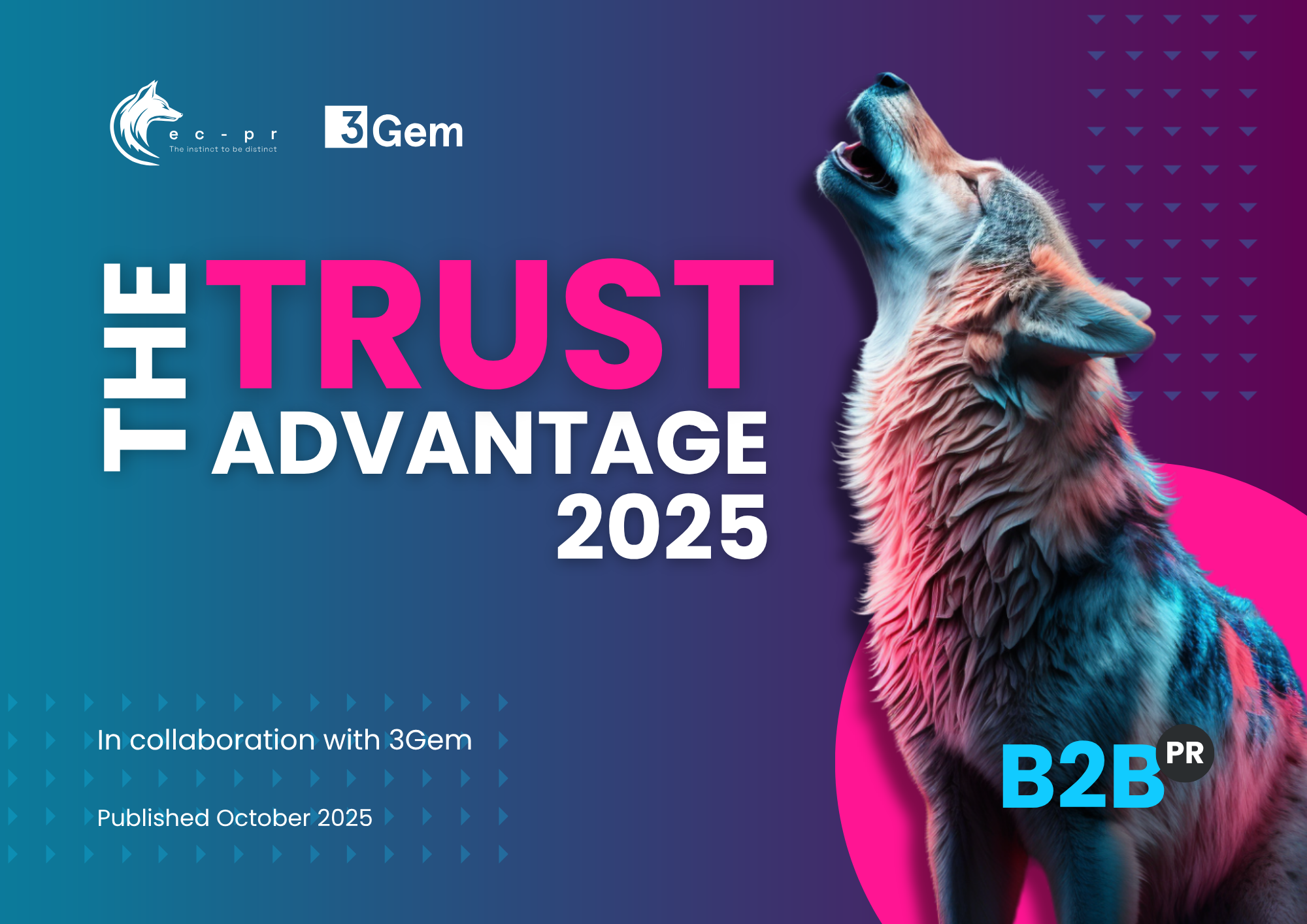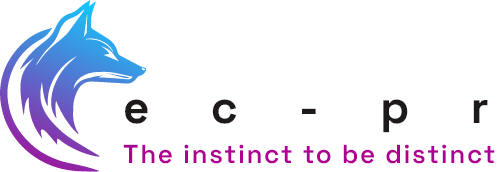
Why your SLT needs to stop trying to appeal to everyone
A focused value proposition isn’t limiting your growth – it’s accelerating it…
I’ve sat in countless boardrooms where the conversation goes like this: “We need to make sure our product appeals to everyone. The bigger the addressable market, the bigger the opportunity, right?”
Wrong.
While understandable, this thinking is one of the biggest growth killers I see in tech scale-ups today. Senior leadership teams consistently fall into the trap of believing that casting the widest possible net will maximise their growth potential. In reality, trying to appeal to everyone is the fastest way to appeal to no one.
Why your SLT needs to focus on their value propositions
The data doesn’t lie
Let me share some numbers that might surprise you. Companies with tightly focused value propositions consistently outperform those with generic, broad-appeal messaging.
Take Slack. Instead of positioning themselves as “business software for everyone,” they laser-focused on solving internal communication for teams. Their simple value proposition – “Be less busy” – resonated so powerfully with their target audience that they reached eight million daily active users within five years. That’s the power of speaking directly to a specific pain point.
Similarly, Substack didn’t try to appeal to all content creators. They focused exclusively on independent writers and by 2022, they had over 500,000 paying subscribers. Specificity breeds success.
The strategic case for a focused value proposition
Here’s what I tell every SLT I work with: a focused value proposition isn’t about limiting your market – it’s about dominating your initial segment so effectively that expansion becomes inevitable.
The Financial Times understood this when it refined its value proposition through rigorous customer discovery. Rather than trying to be a newspaper for everyone, it focused on business professionals who needed authoritative financial news.
This focus led to higher conversion rates and more efficient product development.
Addressing the elephant in the room
I know what you’re thinking: “But what if we miss out on other opportunities?”
This concern is natural, but it’s based on a fundamental misunderstanding of how growth actually works. Starting with a defined segment doesn’t preclude future expansion – it creates the foundation for expansion.
Think of it as building a beachhead. You need to establish a strong position in one area before you can successfully advance to others. Companies that try to attack the entire beach at once typically get repelled across the board.
Making the case to your leadership team
If you’re trying to convince your SLT to embrace focused positioning, here’s my advice:
- Lead with data: Show them case studies of companies in your space that succeeded through focus. Benchmark against competitors who’ve made the mistake of trying to appeal to everyone.
- Frame it strategically: Position this as a phased approach that supports long-term growth objectives, not a limitation on future opportunities.
- Make it collaborative: Involve your SLT in defining the target segment. When leadership helps create the strategy, they’re more likely to champion it.
- Address risks and concerns head-on: Acknowledge that focus feels risky but explain that the bigger risk is becoming irrelevant to everyone by trying to be relevant to everyone.
The path forward
The most successful scale-ups I work with follow a simple principle: They appeal to a segment of customers who will embrace their point of view and spread it to others. This creates organic growth that extends far beyond the initial segment, much faster than starting broadly ever could.
Your value proposition should be a sharp knife, not a butter spreader. It should cut through the noise and reach the people who need what you’re offering most desperately. Those people become your advocates, your case studies and your foundation for everything that comes next.
Stop trying to be everything to everyone. Start being exactly what someone needs.
The growth you’re looking for is on the other side of that decision.
Want to explore how a focused value proposition could accelerate your company’s growth?
Let’s discuss how EC-PR can help you cut through the noise and reach the customers who matter most.

The Trust Advantage
What really makes buyers say yes?
Half of B2B decision-makers rank trust above price, innovation and delivery.
Get The Trust Advantage report and stop trust gaps from costing you deals.

The Trust Advantage
What really makes buyers say yes?
Half of B2B decision-makers rank trust above price, innovation and delivery.
Get The Trust Advantage report and stop trust gaps from costing you deals.
Subscribe to our updates
Stay up to date with the latest insights, case studies and PR guides.

